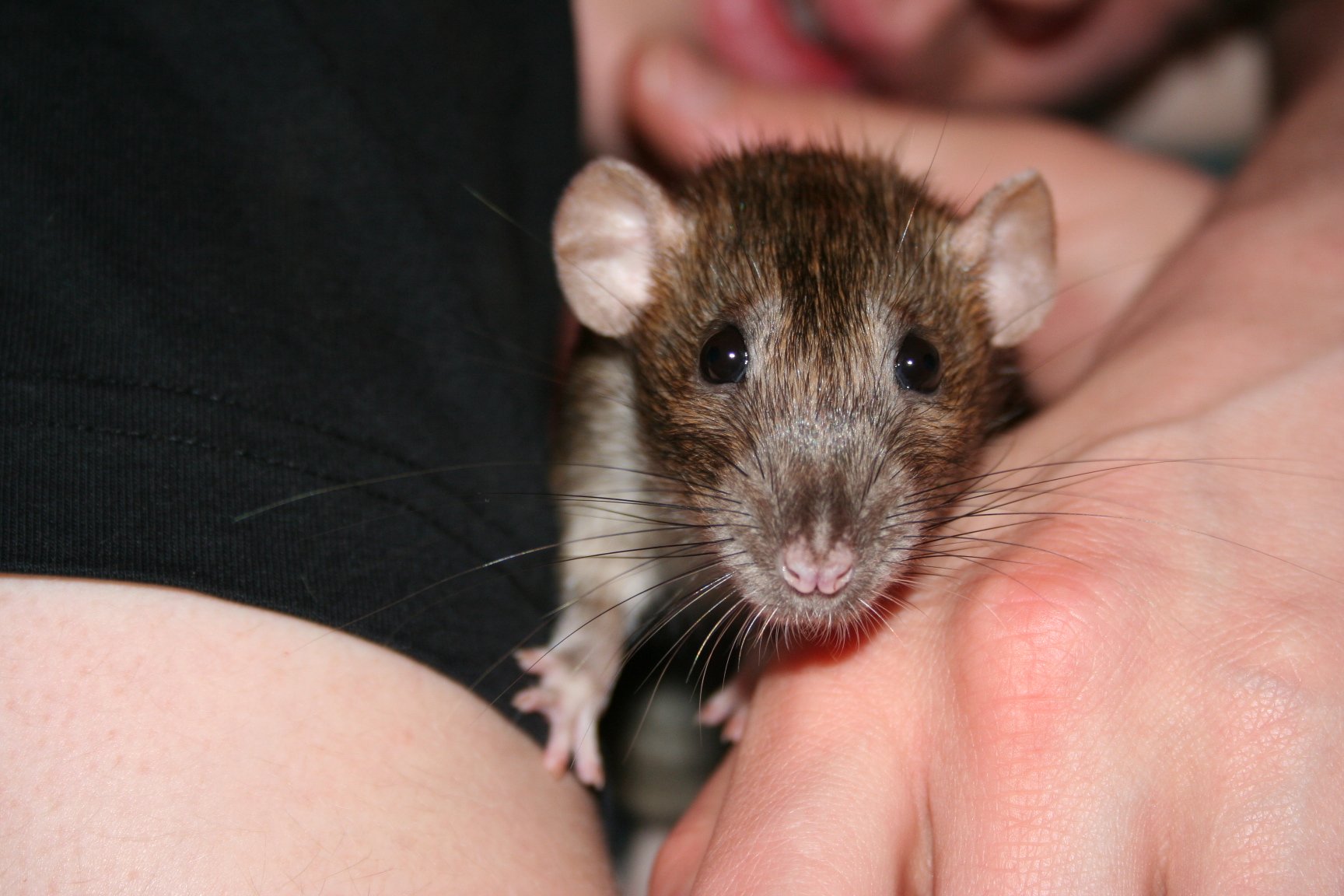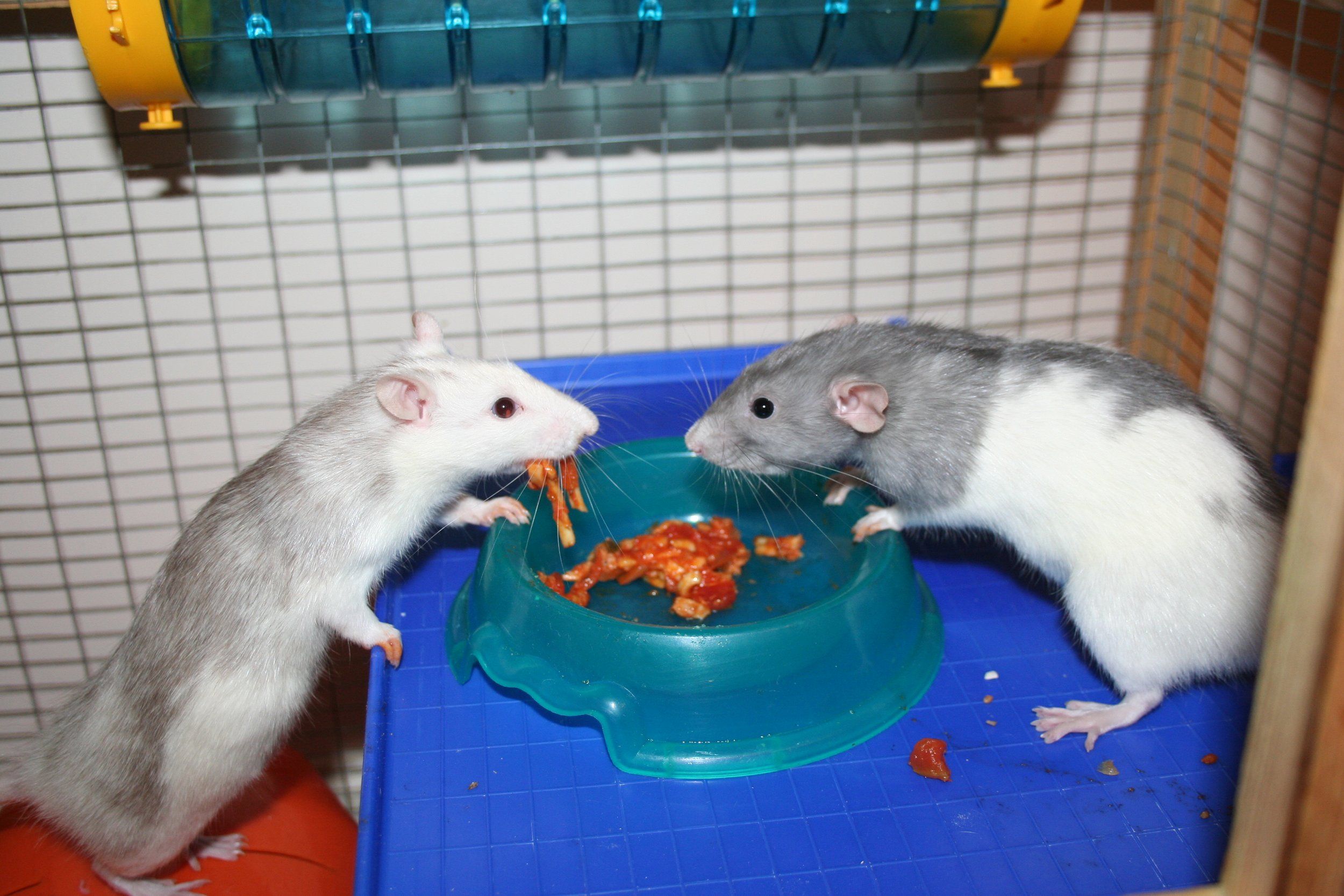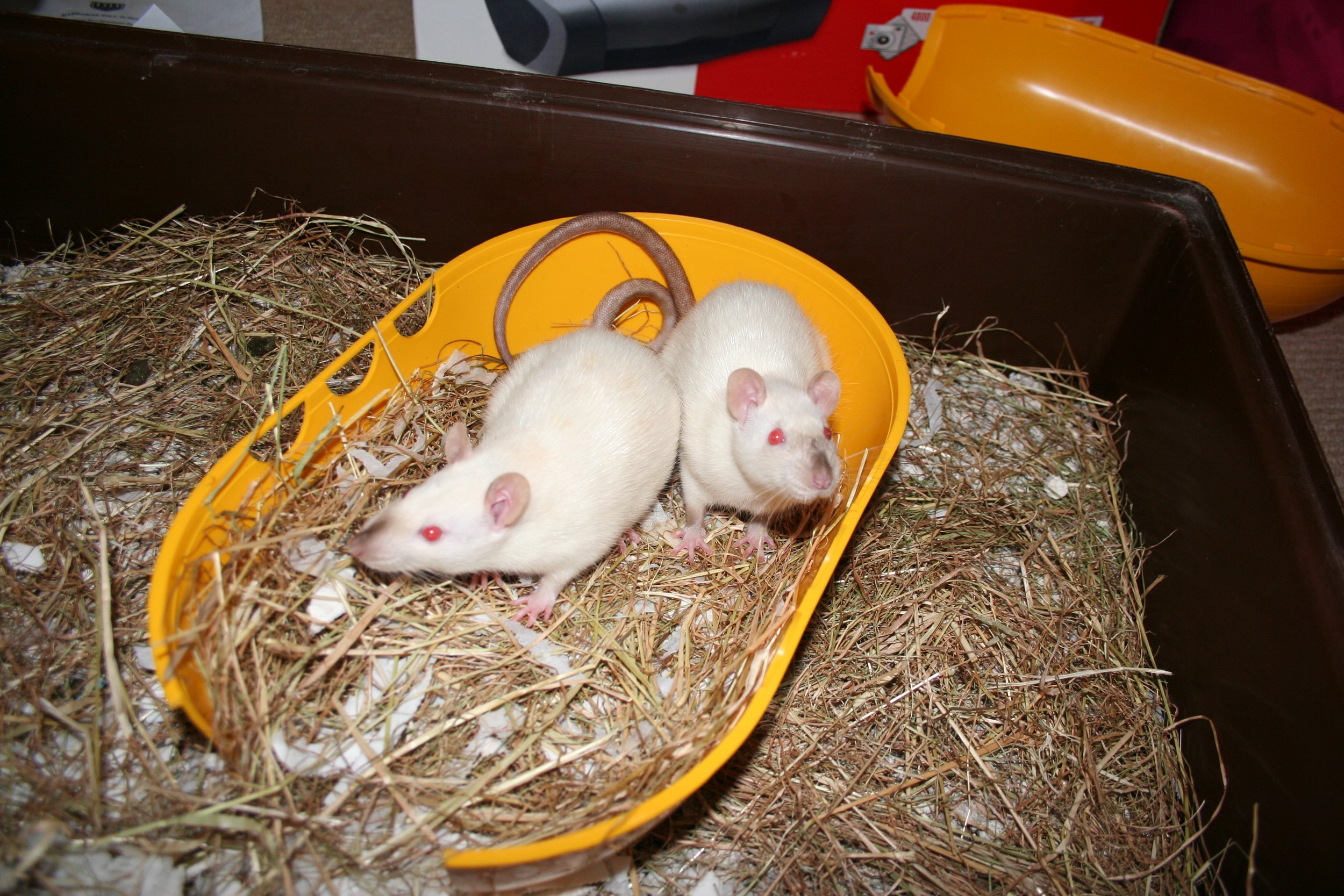In defence of rats
Maggie and Cleo
I’m going to start by stating the obvious, I am a rat lover.
I’ve been the proud owner of 7 pet rats in my lifetime. Rats, like pigeons, seem to hold a strange status in British society, as being worthless. Worth less. People are alarmingly casual when talking about the killing of rats, and equally worryingly dismissive of their virtues. “It’s their tails!“ “They carry disease!“. I’m pretty sure, no matter what else went two by two onto a modern-day ark (designed to save us from the dystopian apocalypse, naturally) the rat would be locked out to drown. It bothers me.
So much so, I decided I’d pitch a piece to The Simple Things magazine, for their Magical Creature section, celebrating the oft maligned creatures. Alas, the editor said she just couldn’t bring herself to feature rats.
Now, I know, I know, maybe she was letting me down gently. But, Magical Creatures is not as easy to fill as you’d imagine; the criteria is that the subjects must be real (forget your unicorns and kraken) and must be widely accessible to the British population (forget narwhals and polar bears). Plus, they’ve already covered 55 creatures, I contributed the puffin, and nearly everything that would come to mind has featured. (Rabbit, hedgehog, owl, seal, fox, butterfly, robin, badger) When I pitched my rat piece, I was confident it deserved a place. The bloody hideous slow worm had made the cut, as did the rarely seen basking shark. Rats are always near us after all, and even those of us who never leave the concrete jungles will have seen them.
Kelly’s rat chronology:
Aravis (a traditional Fancy Rat, white with a black hood) - Named after a girl in the Chronicles of Narnia (The Horse and His Boy). She would come to her name, so we let her play in the garden. She rode on our shoulders, snuggled in dressing gown pockets. She also killed our beloved flightless pet budgie, Esio. Chewed open his head. (My parents didn’t tell me that at the time.)
Mini, Misty and Matilda (a Dumbo and Siamese sisters)- I bought this trio during my teacher training in Birmingham, they moved from there to Cardiff and finally, Manchester with me. I’d reserved Misty and Matilda from a breeder, knew their lineage, wanted to make sure I was buying from someone with scruples, saw the conditions they were raised in. All that went by the wayside, because I went to a horrid little pet shop for a carry case to collect them in and saw Mini. She was too small. She was in a pile of barely responsive rats - if you know anything about rats at all, you know they are curious and energetic, this lot were catatonic. The employee had no idea of their age. I was about to move away from them when she ran to the glass, stood on her hind legs and stared at me. I bought her there and then.
Mini had no manners, was terrified of me, escaped through the cage bars, and caused havoc for the couple of days before I picked up the other two. I worried I’d misjudged my ability to deal with that. But, the sisters soon sorted her out, snuggled with her on hammocks until she was less skittish, cleaned her and taught her to play. They all lived happily ever after. (Until the lumps came. On repeat.)
Gus (a rescue) - He was a lovely boy, another black and white wonder, but we too rehomed him. Poor Mat was horrendously allergic to Gus, despite having had the previous 3 live perfectly comfortably alongside him, kissing them affectionately when drunk! Apparently, it’s the different saliva?!
Maggie and Cleo - These two lived alongside me during some my loneliest days. Like dogs, rats come to you of their own volition when you’re sad, Maggie would climb onto my shoulder and Cleo into my lap. Their warmth was as reassuring as their silence.
aside from the sentimental memories of critters long gone, what makes a rat a magical creature?
Well, to kick off, the Chinese Zodiac follows the lunar year, spanning a 12 year cycle, with an animal at the helm of each one. The leader of that astrological pack, is none other than the rat.
An origin story explaining the ranking of animals in the Chinese Zodiac, describes how the Jade Emperor invited all the creatures of the world to take part in a race to cross a great river, and, of the twelve that participated, it was the rat that won. Admittedly, only because it rode on the head of the ox and then used its conserved energy to sprint across the finish line. Whether this is an example of a rat’s cunning or resourcefulness depends on the storyteller.
Humans have a long, and often frightening, habit of drawing parallels between the traits of certain animals and groups of people. Many of us are familiar with the hideous propaganda of the Nazis in relation to rats, but fewer know of the more favourable belief the Charans of Rajasthan, have held since the fifteenth century.
This Hindu group, tend to Karni Mata Temple, India, which is home to an estimated 15,000 rats. The rats eat with the people, walk over the people and, if willing, even have photos with the people. Tourists and pilgrims alike, remove their shoes (as is customary when entering Hindu temples) to walk as equals among them. The rats are revered as the holy descendants of Karni Mata, (herself considered to be an incarnation of the goddess Durga). The reason her offspring took the form of rats begins with her asking Yoma, the god of death, to revive a storyteller's drowned son. After first resisting, Yoma gave in, promising that the boy and all of Karni Mata's male descendants would be reincarnated as rats. A magnanimous decision, in terms of housing and feeding at least, there are many less practical choices!
Other famously anthropomorphised rats in popular culture, include Rizzo, from The Muppets, Roland Rat (whose head adorned a Für Elise playing calculator I had in the 80s), Remy from Ratatouille, Templeton from Charlotte’s Web, and, my favourite, Master Splinter from The Teenage Mutant Ninja Turtles.
Splinter once told his hard-shelled students, ”There is no monster more dangerous than a lack of compassion.” Not only do I agree with his assertion, but there’s scientific evidence that proves his brethren do too. The University of Chicago’s study of the behaviour of rats featured in the research journal Science in 2011, revealing that they engage in empathy-driven behaviour. Rats will help to free a trapped cagemate for no reward other than relieving its fellow rat’s distress. They will do this even when there is the option of a treat to pursue instead, the majority also opting to share the available goodies with the freed friend.
If, like me, you are a ‘year of the rat’ baby, it could be a lot worse. Not only are our namesakes sociable, clever, and kind, they contributed to making Mozambique mine-free in 2015. While the collective noun for rats might be ‘mischief’ I’d argue that when they can be trained as Mine Detection Rats, a ‘collaboration’ of rats might be more appropriate.





